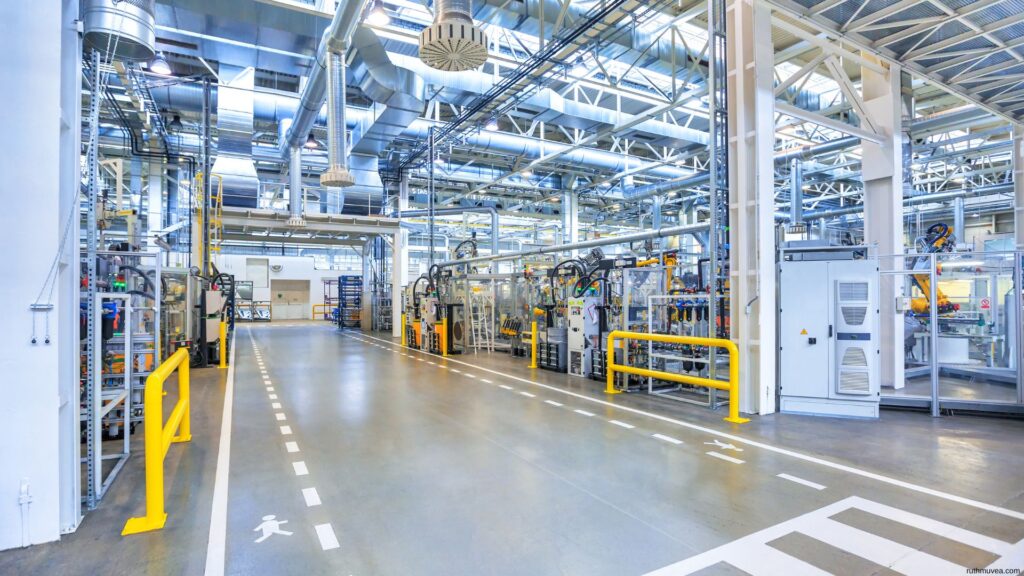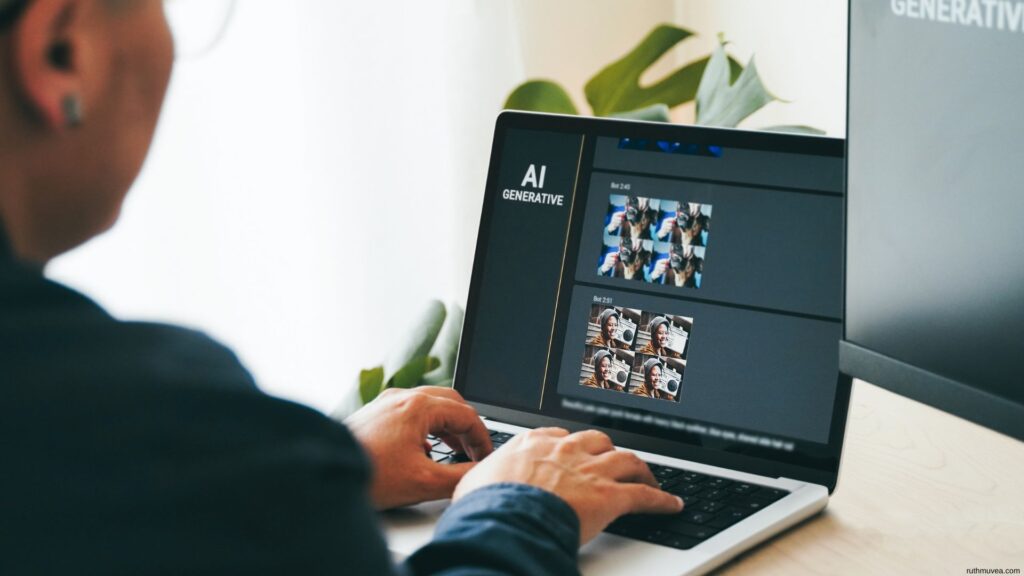Generative artificial intelligence (AI) has emerged as one of the most transformative technologies of our time, fundamentally changing how we create, consume, and interact with digital content. From writing assistance to image generation, generative AI is reshaping industries and empowering individuals with unprecedented creative capabilities.
What is Generative AI?
Generative AI refers to artificial intelligence systems that can create new, original content based on patterns learned from vast datasets. Unlike traditional AI that analyzes and classifies existing information, generative AI produces entirely new outputs including text, images, audio, video, and even code.
These systems work by understanding the statistical relationships and patterns within their training data, then using this knowledge to generate novel content that maintains similar characteristics to the original material while being uniquely new.
How Does Generative AI Work?
The foundation of most modern generative AI systems lies in deep learning neural networks, particularly transformer architectures and diffusion models. These systems process enormous amounts of data during training, learning to identify patterns, relationships, and structures within the content.
Key Technologies Behind Generative AI:
- Large Language Models (LLMs): Process and generate human-like text
- Generative Adversarial Networks (GANs): Create realistic images and media
- Diffusion Models: Generate high-quality images from text descriptions
- Transformer Architecture: Enable understanding of context and relationships
Types of Generative AI Applications
Text Generation
Generative AI excels at creating written content, from articles and marketing copy to code and creative writing. Popular applications include ChatGPT, Claude, and Google’s Bard, which can assist with everything from email composition to complex research tasks.
Image Creation
AI image generators like DALL-E, Midjourney, and Stable Diffusion can create stunning visuals from simple text prompts. These tools are revolutionizing graphic design, marketing, and artistic expression.
Audio and Music Generation
Generative AI can compose original music, create realistic voice synthesis, and even generate podcast content. Tools like Mubert and AIVA are making music creation accessible to non-musicians.
Video Production
Emerging AI video generators can create short clips, animations, and even realistic talking avatars, transforming video production workflows.
Code Generation
AI coding assistants like GitHub Copilot and CodeT5 help developers write, debug, and optimize code across multiple programming languages.
Benefits of Generative AI
Enhanced Productivity: Generative AI dramatically accelerates content creation processes, allowing users to produce high-quality outputs in fraction of traditional timeframes.
Cost Efficiency: Organizations can reduce expenses associated with content creation, design, and development by leveraging AI-powered tools.
Accessibility: Complex creative tasks become accessible to individuals without specialized training or expensive software.
Innovation Catalyst: AI enables exploration of new creative possibilities and helps overcome creative blocks through diverse ideation.
Personalization at Scale: Businesses can create customized content for different audiences without proportional increases in resources.
Read more on The Rise of AI Content Creation: What It Means for Writers, Designers, and Creators

Industries Transformed by Generative AI
Marketing and Advertising
Generative AI is revolutionizing how brands create campaigns, generate copy, design visuals, and personalize customer experiences. Marketing teams use AI to produce multiple content variations for A/B testing and audience segmentation.
Education
Educational institutions leverage generative AI for creating learning materials, personalized tutoring, and administrative tasks. However, this also raises important questions about academic integrity and learning processes.
Healthcare
Medical professionals use generative AI for drug discovery, medical imaging analysis, and patient communication. AI assists in generating medical reports and treatment recommendations.
Entertainment and Media
The entertainment industry employs generative AI for script writing, visual effects, music composition, and game development, enabling creators to explore new artistic territories.
Software Development
Development teams integrate AI coding assistants to accelerate programming, reduce bugs, and improve code quality across projects.
Challenges and Considerations
Ethical Concerns
Generative AI raises significant ethical questions around authorship, intellectual property, and the potential for misuse in creating deepfakes or misleading content.
Quality and Accuracy
While impressive, AI-generated content may contain inaccuracies, biases, or inconsistencies that require human oversight and verification.
Job Market Impact
The automation capabilities of generative AI spark debates about employment displacement and the need for workforce reskilling.
Data Privacy
Training generative AI models requires vast datasets, raising concerns about data privacy and consent for the information used.
Environmental Impact
Large-scale AI models consume significant computational resources, contributing to environmental concerns about energy usage.
Best Practices for Using Generative AI
Start with Clear Prompts: Provide specific, detailed instructions to achieve better results from AI systems.
Maintain Human Oversight: Always review and edit AI-generated content to ensure accuracy and appropriateness.
Understand Limitations: Recognize that AI tools are assistants, not replacements for human creativity and judgment.
Stay Updated: Keep informed about new developments and capabilities as the technology rapidly evolves.
Consider Ethics: Use AI responsibly, respecting intellectual property rights and avoiding harmful applications.
The Future of Generative AI
The generative AI landscape continues evolving rapidly, with improvements in quality, efficiency, and accessibility. Future developments may include more sophisticated multimodal AI systems that can seamlessly work across text, image, audio, and video formats.
Emerging trends include better integration with existing workflows, improved personalization capabilities, and enhanced collaboration between human creativity and AI assistance. As the technology matures, we can expect more specialized AI tools tailored to specific industries and use cases.
Getting Started with Generative AI
For individuals and businesses looking to explore generative AI, starting with user-friendly platforms and gradually expanding usage based on specific needs provides an effective approach. Many tools offer free tiers or trial periods, making experimentation accessible.
Consider beginning with text-based AI assistants for writing tasks, then exploring image generation tools for visual content needs. As comfort with the technology grows, more advanced applications and integrations become viable options.
Conclusion
Generative AI represents a paradigm shift in how we approach content creation and problem-solving. While challenges exist around ethics, accuracy, and implementation, the potential benefits for productivity, creativity, and innovation are substantial.
Success with generative AI requires understanding both its capabilities and limitations, implementing appropriate oversight measures, and maintaining focus on human-centered outcomes. As this technology continues advancing, those who learn to effectively collaborate with AI tools will gain significant advantages in their personal and professional endeavors.
The key lies not in replacing human creativity but in augmenting it, using generative AI as a powerful assistant that enhances our natural abilities while we maintain control over the creative process and final outcomes.


Pingback: AI for Climate Change: Leveraging AI to Model Climate Scenarios and Develop Sustainable Solutions - RuthMuvea.com
Pingback: 10 Everyday Tasks AI Can Do Better Than You - RuthMuvea.com